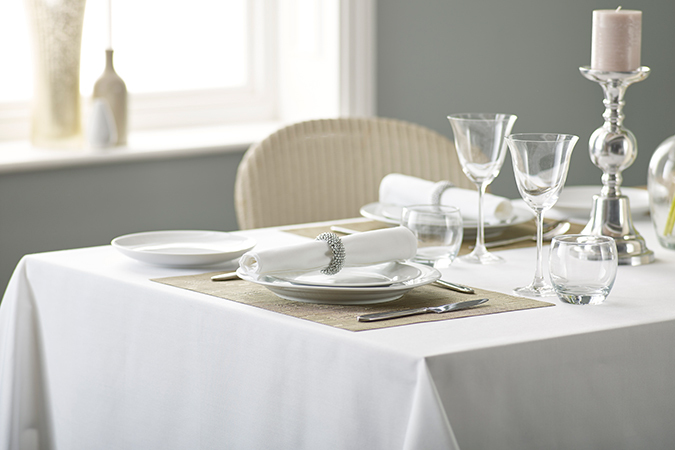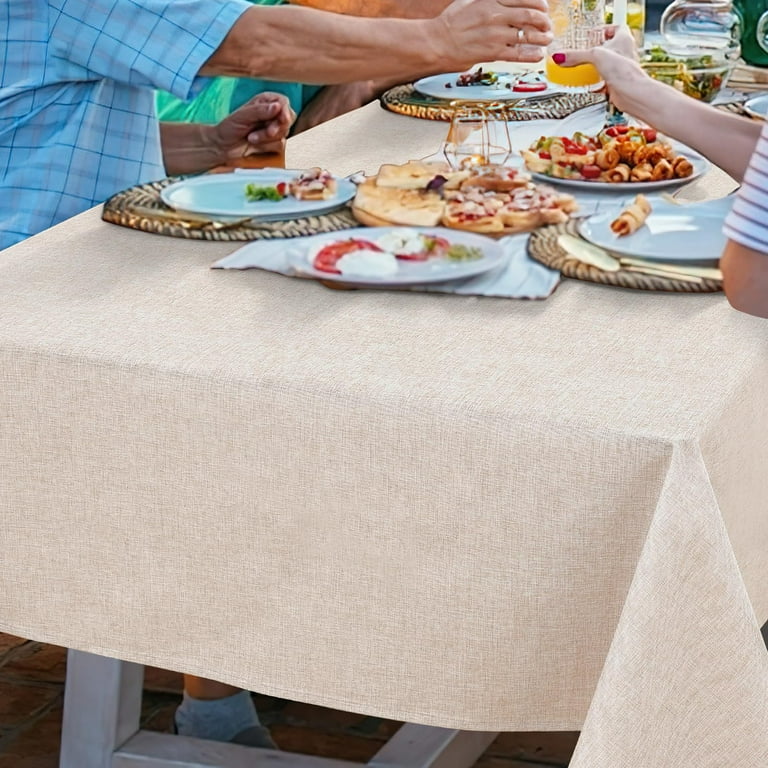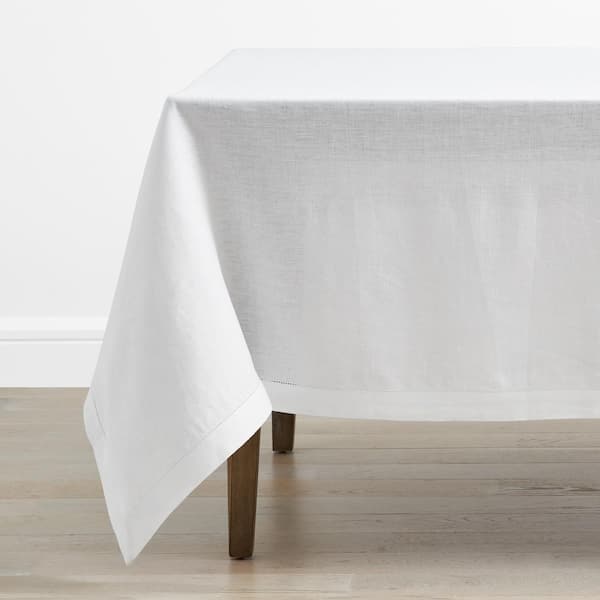Trendy Table Runner Concepts: Change Your Dining Experience
Trendy Table Runner Concepts: Change Your Dining Experience
Blog Article
Linen Material Advancements: Discovering Modern Trends and Creative Applications in Design and Textile Industry
From sustainable manufacturing approaches to innovative weaving modern technologies, the advancement of bed linen is improving the landscape of the fabric market. As we delve right into the worlds of innovative design applications and the emergence of bed linen blends and hybrid fabrics, a brand-new chapter unfolds in which bed linen's function in future textile innovations takes facility phase.
Lasting Practices in Linen Production
Lasting methods in linen manufacturing have become significantly vital in the fabric market's efforts to lessen environmental influence and promote ethical sourcing approaches. Linen, an all-natural fiber originated from the flax plant, supplies a variety of benefits such as biodegradability, sturdiness, and breathability. However, standard methods of linen manufacturing can include significant water intake, chemical use, and energy-intensive procedures.
To attend to these challenges, several fabric manufacturers are taking on sustainable methods throughout the bed linen production process. This consists of sourcing flax from natural ranches that avoid unsafe chemicals and chemicals, applying water-efficient retting methods to remove fibers from the flax stalks, and utilizing green dyes and finishes. Furthermore, some firms are purchasing renewable resource resources to power their manufacturing facilities and minimizing waste via recycling and upcycling initiatives.
Technological Improvements in Bed Linen Weaving
With the growing focus on lasting practices in linen production, the textile market is currently observing a rise in technical innovations specifically targeted at transforming the art of linen weaving. These advancements are improving the method bed linen materials are generated, supplying raised efficiency, top quality, and creative thinking in weaving strategies.
Among the key technical advancements in bed linen weaving is the assimilation of digital looms. These innovative looms are geared up with software application that permits complex and intricate designs to be woven with accuracy. By digitizing the weaving procedure, makers can accomplish better uniformity and precision in their linen fabrics.
Furthermore, advancements in thread spinning modern technology have actually enabled the production of finer and even more resilient bed linen yarns - table cloths. This leads to softer and smoother linen textiles that preserve their high quality even after multiple usages and cleans
In addition, the advancement of environmentally friendly dyeing processes and coatings for bed linen fabrics is obtaining grip. These sustainable techniques not only minimize the environmental impact however also accommodate the boosting consumer need for fairly generated textiles.
Creative Style Applications for Bed Linen
Innovative imaginative methods are significantly shaping the creative style applications for bed linen in the textile industry. Linen's all-natural aesthetic charm and capacity to blend with other materials make it a preferred selection for creating distinct garments and accessories that provide to the eco conscious customer.
In addition, designers are try out linen in home decoration, using its durable and breathable nature to craft trendy furnishings such as curtains, bedding, and upholstery. The structure and drape of bed linen bring a feeling of class and convenience to indoor rooms, including a touch of style to modern-day homes.

Bed Linen Blends and Crossbreed Fabrics

Hybrid materials, on the various other hand, take the concept of mixing an action even more by incorporating added components such as metal threads, recycled products, or conductive fibers. These ingenious textiles not just expand the layout opportunities but additionally introduce useful elements like conductivity, antimicrobial homes, or enhanced longevity. Hybrid fabrics are significantly being used in various markets, including fashion, indoor style, and technological textiles, where the need for multifunctional materials gets on the rise.
Bed linen's Duty in Future Textile Innovations

In the realm of future fabric innovations, linen is expected to be a vital gamer in the development of sophisticated useful fabrics. Developers and scientists are exploring ways to improve bed linen's inherent qualities with technical innovations, such as incorporating smart textiles, nanotechnology, and performance surfaces. These advancements intend to boost bed linen's efficiency features, making it ideal for a broader range of applications, from activewear to protective clothes.
Furthermore, the combination of linen with other natural or synthetic fibers opens up unlimited possibilities for creating unique fabrics with one-of-a-kind properties and functionalities. By leveraging linen's attributes and exploring cutting-edge blends, the fabric sector is positioned to introduce exciting developments that satisfy evolving customer demands and sustainability needs.
Final Thought
Finally, the exploration of sustainable techniques, technical developments, creative design applications, bed linen blends, and its function in future textile innovations highlight the continual advancement of linen fabric in the modern-day style and fabric sector. With an emphasis on innovation and creative thinking, the versatility and environment-friendly nature of linen make it a valuable product for manufacturers and developers alike, leading the way for additional developments and innovations in the area of fabrics.
As we delve into the worlds of creative layout applications and the introduction of linen blends and crossbreed fabrics, a brand-new chapter unravels in which linen's function in future textile advancements takes center phase.
Exploring the combination of bed linen with other textiles has actually led to the introduction of innovative blends and crossbreed fabrics in the contemporary fabric industry. Bed linen blends offer a special mix of the qualities of bed linen with those of other fibers, resulting in materials that have enhanced buildings such as enhanced longevity, improved draping, and minimized wrinkling.The evolution of linen blends and hybrid materials has actually set the stage for Bed linen to play a pivotal function in driving future fabric innovations.In the realm of future textile technologies, linen is expected to be a crucial gamer in the growth of advanced practical materials.
Report this page